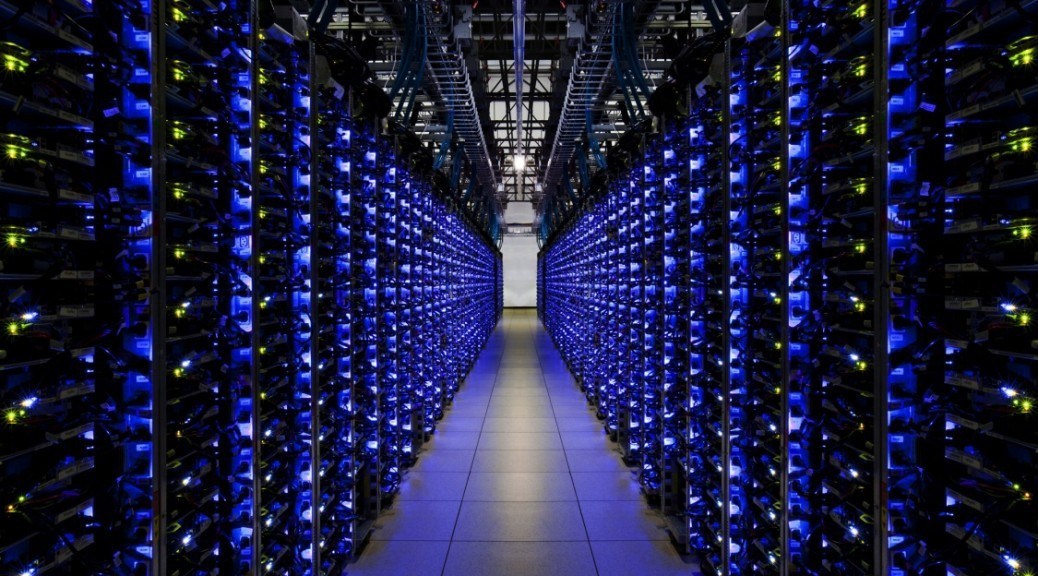In an era where aesthetics and functionality go hand in hand, window tinting brooklyn ny has emerged as a vital upgrade for both residential and commercial spaces. What was once a luxury primarily for high-end vehicles has evolved into an accessible, multi-faceted solution with a plethora of benefits. This article delves into the evolution of window tinting, its diverse applications, and the myriad advantages it offers.
A Brief History
Window tinting traces its origins back to the early 20th century when it was first used in the automotive industry. Originally, tinted films were developed to reduce glare and protect the interiors of vehicles from harmful UV rays. As technology advanced, these films became more sophisticated, evolving from basic dyes to complex, multi-layered structures that offered enhanced performance.
By the late 20th and early 21st centuries, the benefits of window tinting were recognized beyond vehicles. The technology began to be applied to residential and commercial buildings, revolutionizing how we think about natural light and energy efficiency.
The Science Behind Window Tinting
At its core, window tinting involves applying a thin film or coating to glass surfaces. These films are composed of various materials, including polyester, ceramic, and metal, each contributing different properties:
- Dyed Films: These offer a darker appearance and reduce glare, but they can fade over time.
- Metalized Films: These contain tiny metallic particles that reflect heat and UV rays, improving energy efficiency and durability.
- Ceramic Films: A newer technology, ceramic films offer superior heat rejection and UV protection without affecting visibility.
- Hybrid Films: Combining elements of dyed, metalized, and ceramic films, these provide a balanced mix of benefits.
Applications and Benefits
1. Enhanced Comfort and Privacy
One of the most immediate benefits of window tinting is the improvement in comfort. Tinted windows reduce glare from the sun, making indoor spaces more pleasant to occupy. Additionally, they provide a level of privacy by obscuring the view from outside while still allowing natural light to penetrate.
2. Energy Efficiency
Window tinting is an effective way to enhance a building’s energy efficiency. By reducing the amount of heat that enters through windows, tinted films can lower cooling costs during hot weather. In colder climates, they help retain indoor heat, contributing to overall energy savings.
3. UV Protection
Ultraviolet (UV) rays from the sun can cause significant damage to both skin and furnishings. Window tinting films are designed to block up to 99% of harmful UV rays, protecting occupants and preserving the longevity of interior materials.
4. Glare Reduction
For both residential and commercial spaces, excessive glare can be a major inconvenience. Tinted windows help reduce glare from direct sunlight, making activities like reading, working, or watching television much more comfortable.
5. Aesthetic Appeal
Beyond the practical benefits, window tinting also enhances the visual appeal of a building or vehicle. Available in various shades and finishes, tinted windows can complement architectural styles and create a sleek, modern look.
6. Safety and Security
Certain types of window films offer added safety benefits. For example, they can hold shattered glass together in the event of a breakage, reducing the risk of injury from flying glass shards. Additionally, they can deter potential intruders by making it more difficult to see inside a building.
Choosing the Right Film
Selecting the appropriate window tinting film depends on various factors, including the desired level of darkness, the specific benefits required, and budget considerations. Consulting with a professional can help ensure that the chosen film aligns with both functional needs and aesthetic preferences.
The Future of Window Tinting
As technology continues to advance, the future of window tinting looks promising. Innovations in smart films, which can adjust their tint in response to light conditions, and further developments in energy-efficient materials are likely to enhance the functionality and versatility of window tinting.
In conclusion, window tinting is more than just a cosmetic upgrade; it’s a practical solution that offers comfort, energy efficiency, and protection. Whether for a vehicle, home, or commercial space, the benefits of window tinting are clear, making it a worthwhile consideration for anyone looking to enhance their environment.



